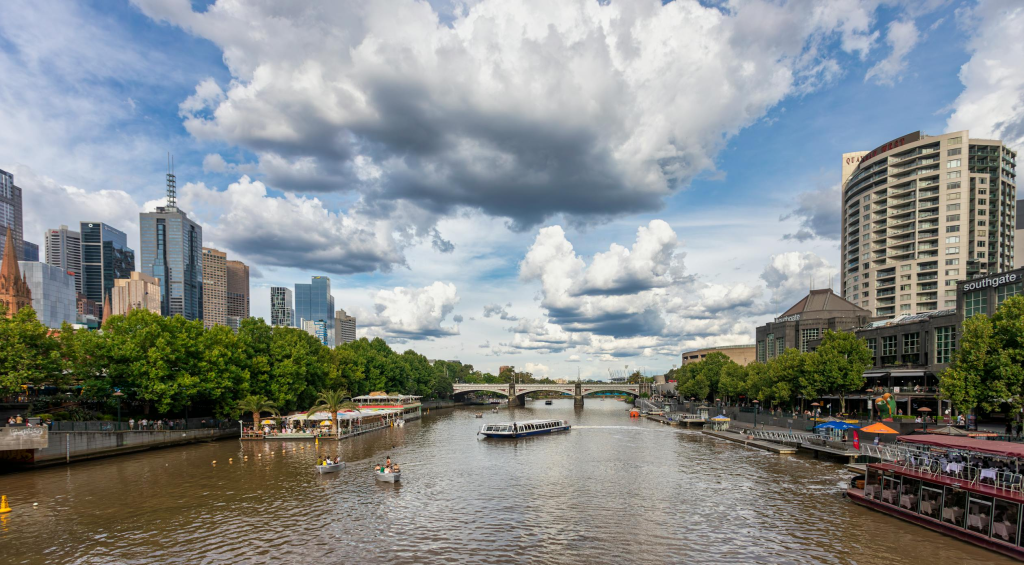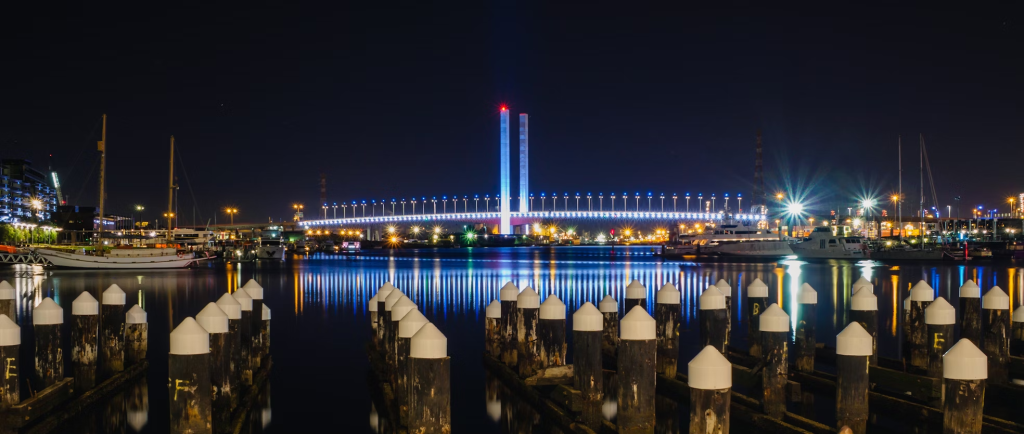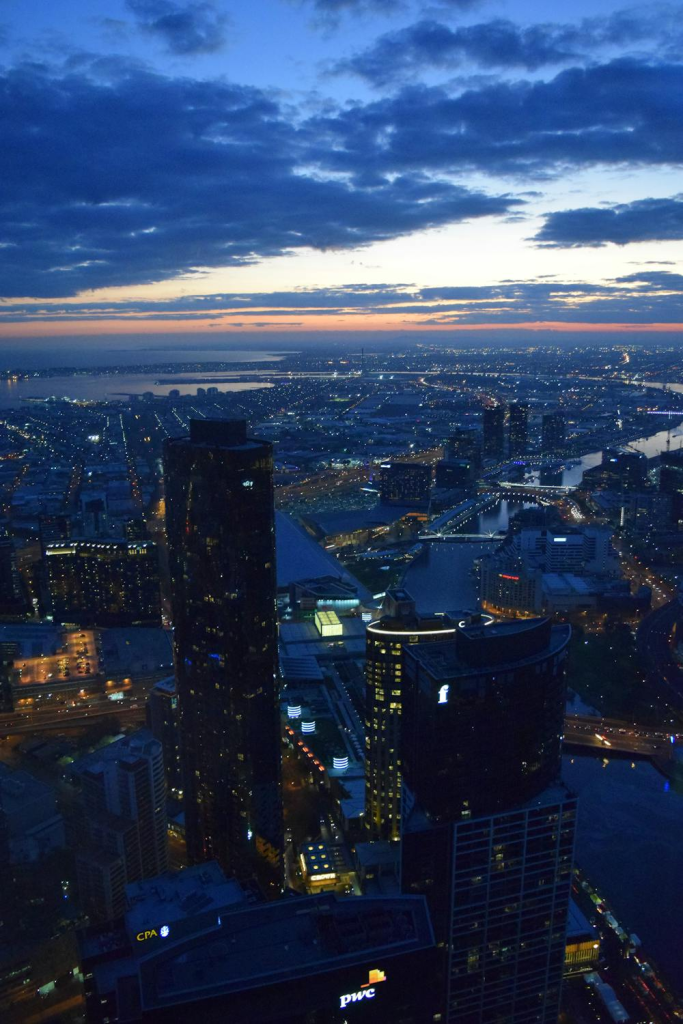Melbourne is a paradise for dog lovers, with a wide array of parks that cater to every type of dog and pet parent.
From sprawling open spaces to dedicated dog exercise zones and scenic, off-leash areas, Melbourne’s dog parks are designed with both the safety and enjoyment of pets in mind.

Whether you’re new to the city or a long-time resident, knowing the best spots to take your furry friend can add joy to your routine and allow your dog the freedom to socialize and explore.
This guide will dive into the best dog parks in Melbourne, tips for a successful outing with your pup, and the essential park etiquette to ensure everyone has a great experience.
Are There Dog Parks In Melbourne?
Melbourne is brimming with a variety of dog parks, making it easy for pet owners to find convenient options throughout the city. These parks offer dogs the opportunity to run freely, play with other dogs, and enjoy the outdoors in a controlled environment.
Many of these parks also feature designated off-leash areas, where dogs can roam without restraint, as well as fenced sections for extra security. Here are some popular dog parks you and your furry friend can explore:
- Albert Park Dog Park – One of Melbourne’s most iconic spots, Albert Park offers beautiful scenery and plenty of space for dogs to run. It’s a spacious area with several off-leash zones and is surrounded by stunning lakeside views, making it enjoyable for both pets and their owners. There are also water fountains and bins, so you can keep your dog hydrated and clean up after them with ease.
- Princes Park in Carlton – Princes Park is a favourite among local dog owners, offering an expansive, open area where dogs can play to their hearts’ content. Located close to public transport, this park is easy to reach and has shaded areas, walking paths, and several dedicated off-leash sections. It’s an ideal choice for pet parents looking to meet fellow dog lovers.
- Fawkner Park in South Yarra – Fawkner Park provides a mix of lush, green areas and dedicated paths, perfect for active dogs who love a good run. It has separate off-leash areas that allow for controlled playtime while ensuring that owners can keep an eye on their pets.
- Yarra Bend Park – If you’re looking for a more natural experience, Yarra Bend Park offers several trails and off-leash areas where dogs can explore the wilderness. With scenic views of the Yarra River, it’s a refreshing option for pets and owners alike, ideal for hiking and a bit of adventure.
These parks are just a few examples of Melbourne’s fantastic dog-friendly spaces. Most parks in the city provide facilities such as water bowls, waste bags, and bins to help maintain a clean and safe environment.
However, as with all public spaces, it’s essential to adhere to park rules, particularly regarding leash requirements and waste disposal.
Tips For A Great Dog Park Outing
Taking your dog to the park can be an exciting experience, but preparation is key to ensure a positive time for both you and your pet. Here are some practical tips to keep in mind:
- Check Park Regulations – Not all parks allow dogs off-leash, and some parks may have restrictions on certain breeds or dog sizes. Before heading out, research the park’s rules and make sure it’s a safe environment for your dog.
- Pack Essentials – Bring essentials like a water bowl, treats, waste bags, and a leash. It’s also helpful to carry a small first-aid kit in case your dog gets a minor injury during play. Many parks provide water and waste disposal stations, but having your supplies is always a good backup.
- Monitor Your Dog’s Behavior – Dog parks are social spaces, and while many dogs enjoy meeting new friends, not all dogs are comfortable in a busy environment. Observe your dog’s behaviour and, if they seem anxious or aggressive, take a break from the interaction.
- Keep Vaccinations Up-to-Date – Before visiting dog parks, ensure your pet is up-to-date with vaccinations to protect against common diseases. Dog parks can expose pets to various bacteria or viruses, so regular check-ups and vaccinations are essential.
- Introduce New Dogs Gradually – If you’re visiting a dog park with a puppy or a dog new to socializing, introduce them slowly. Avoid overwhelming them with too many dogs at once, and choose quieter parks initially to build their confidence.
By following these tips, you can help make each visit enjoyable and stress-free for your dog. Positive experiences at the park can improve your dog’s social skills, contribute to their physical health, and strengthen your bond with them.
Most importantly, it creates an opportunity for them to interact with their environment in a way that’s enriching and fulfilling.
Dog Park Etiquette For Owners
While dog parks are meant to be fun and relaxing, it’s important to respect the space and other park visitors to maintain a harmonious environment. Observing basic etiquette is a key part of being a responsible dog owner. Here are some essential etiquette practices for dog parks:
- Pick Up After Your Dog – Dog parks usually provide waste disposal stations, but it’s still your responsibility to clean up after your pet. Not only is this courteous, but it also prevents the spread of bacteria and keeps the park pleasant for others.
- Leash Rules – Although many parks in Melbourne have off-leash areas, there are specific zones where leashes are mandatory. Always use a leash in these areas and keep it within reach in case you need to control your dog quickly.
- Supervise Your Dog – While it may be tempting to relax and let your dog run free, supervision is crucial to ensure your dog’s safety and prevent conflicts. If your dog seems too rough with other pets or shows signs of aggression, intervene immediately to prevent escalation.
- Avoid Bringing Aggressive or Nervous Dogs – Not all dogs thrive in a dog park environment, especially if they have behavioural issues or anxiety around other pets. In such cases, it may be best to find quieter parks or alternative ways for them to get exercise.
- Mind the Time and Weather – Avoid going to the park during extreme temperatures, as this can be uncomfortable and even dangerous for pets. Early morning or late afternoon visits are ideal, especially during the warmer months.
Conclusion
Dog parks are more than just a places for pets to run around; they’re social hubs where dogs can build friendships, practice social skills, and enjoy the outdoors.
For pet owners, Melbourne’s dog parks offer a chance to unwind and connect with other pet enthusiasts, making it a win-win experience.
From the iconic Albert Park to the scenic Yarra Bend trails, there’s a dog park in Melbourne to suit every personality, preference, and activity level.
So grab your leash, pack a bag of essentials, and set out to explore the city’s dog-friendly spaces.
You and your furry friend are bound to discover new favourite spots and make memories along the way, all while strengthening your bond and contributing to your dog’s well-being.
Are you in search of more information? The answer is here! Click and read his guide “best dog parks melbourne”. today!









